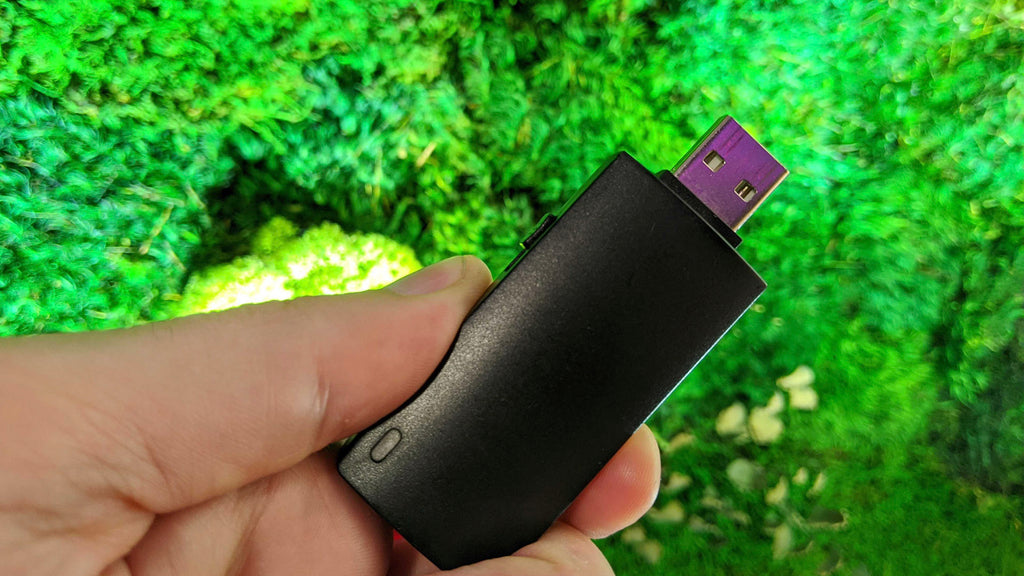products
Support

Writing Keystroke Injection payloads for the Bash Bunny
June 09, 2020 1 min read
Computers trust humans. Humans interact with keyboards. Hence the Human Interface Device or HID standard used by all modern USB keyboards. To a computer, if the device says it’s a keyboard — it’s a keyboard.

To pentesters, a small USB device pre-programmed to inject keystrokes into the victim computer covertly hidden inside a regular flash-drive case is a recipe for social engineering success. Hence the popular Hak5 USB Rubber Ducky – the device that invented keystroke injection attacks.
Building on this, the Bash Bunny directly interprets the Ducky Script language that has become synonymous with bad USB attacks.
With its HID attack mode, the Bash Bunny becomes a keyboard, and Ducky Script is processed with a quick and easy QUACK command.
As you can see from the above simple payload snippet, the Ducky Script tells the Bash Bunny to become both a keyboard and a flash drive. Then, it injects keystrokes which instruct the Windows target to run a powershell script saved on said flash drive.
Advanced attacks are enabled by combining HID attacks with the additional USB device supported by the Bash Bunny – like gigabit Ethernet, Serial and Storage. Coupled with a scripting language that supports conditions and logic using BASH, a new era of keystroke injection attacks are possible.
Learn more about using Ducky Script for Keystroke Injection attacks from the Payload Development section of the Bash Bunny documentation.
Subscribe
Sign up to get the latest on sales, new releases and more …
Your are successfully subscribed for email notifications.
Notify me when available
We will send you a notification as soon as this product is available again.
Your email is required
We don't share your email with anybody
x

